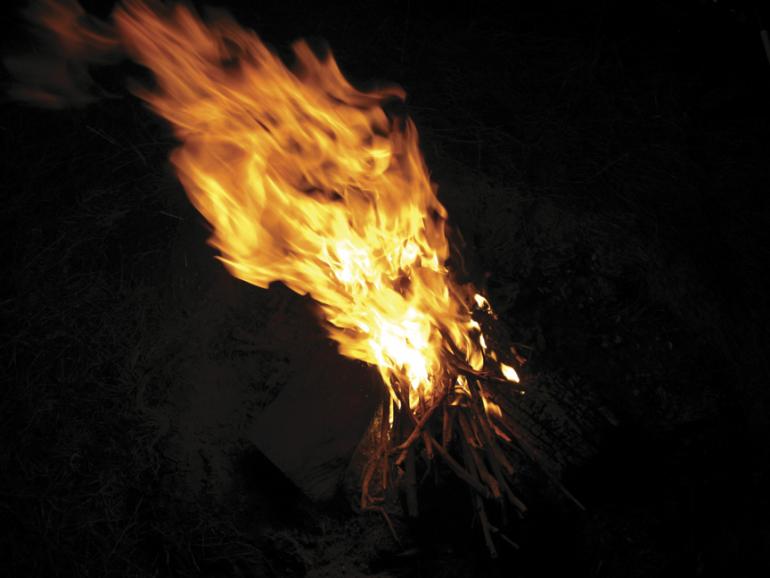Flames in a Flash
The always-changing conditions of winter in Montana increase your chances of getting stuck outside for the night, whether it's after a day of skiing, snowmobiling, or hunting. When it's cold out, the first survival step is starting a fire. The good news is that even if you take all the proper precautions but still find yourself stuck in this precarious situation, all you need is a little know-how, a lighter or matches, and a well-protected place to get your caveman or cavewoman on.
Fuel
On the bright side, we live in an environment that likes to burn. A large majority of the trees in Montana have evolved a reproductive strategy called serotiny—a fancy word that basically means flammable. Most of the trees in the mountains of Montana will readily burn if they’re dry and dead. Here are guidelines to find material that’ll make your fire burn:
- Look for collections of sap on conifer (pine) tree bark—some species have sap that is more flammable than others, but nearly all sap will burn.
- Think of conifer trees as giant umbrellas. They have a real knack for shedding moisture and snow toward the outside of the tree, leaving the bottommost branches dry. There’s a good chance you’ll find tinder lower on the tree.
- Look for the smallest, thinnest branches possible—think the width of a toothpick. A firm snap and clean break are good signs of material that’s ready to burn.
- Keep your eyes open for lichens on the lower branches. It’s also known as Old Man’s Beard, which looks like it sounds, and is a good way to remember it.
- If you’re in a lodgepole pine stand, look for bright-orange dead limbs and needles.
- Consider carrying a few firestarters in your kit. Cottonballs in Vaseline work well.
Location, Location, Location
Ever try to start a fire in a gale? It’s next to impossible, so find a good spot out of the wind. If there’s snow on the ground, build a platform for your fire by laying down some sticks or bark slabs. Unless you have a flamethrower, your job will be easier if you start small. If you’ve found good tinder, grasses, dry thin twigs, or sap, start with those on the bottom.
Shape and Structure
Remember that a fire needs three things: fuel, air, and time. And as any Boy Scout can tell you, the best way to start a fire is by constructing the classic teepee shape. Begin with the smallest, thinnest twigs piled loosely over your tinder and build your way up and out, keeping it all loose enough so the flames get plenty of air. When you’re first starting, stick with the smallest material—nothing bigger than pencil-size. Keep your little fire protected from the wind, tend to it with care and patience, and soon it will be your loyal companion through a cold Montana night.
In a hurry? Think about carrying a road flare in your pack at all times. It burns at over 5,000 degrees and will start just about anything on fire!
Andy Heath is the director of Under Western Skies Adventures in Bozeman.











